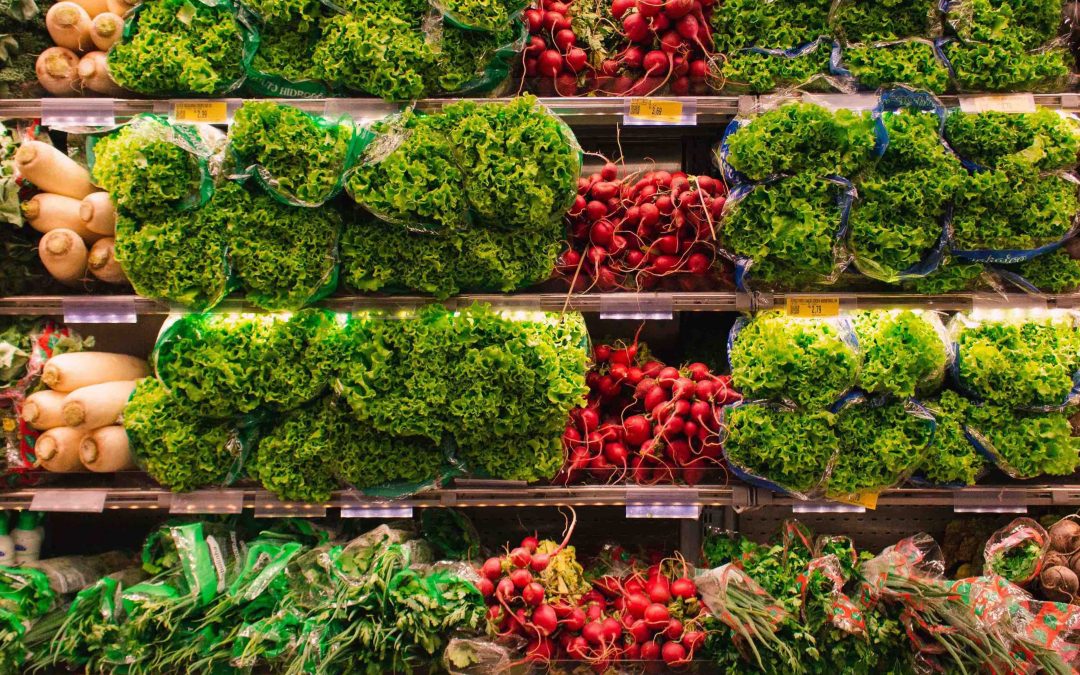We live in the age of the gig economy, where job security is limited, benefits are hard to come by, and your default mode is hustling.
However, as daunting as it may sound, doing gig work does have its advantages, such as flexibility with your schedule.
If you’re only interested in part-time work — while in college, raising children, or just need extra cash — working from gig to gig can be just what you need.
Making deliveries can be a great option for those ready to hop into the gig economy.
How do you get into the delivery business?
In recent years, there has been an explosion of app-based delivery services for takeout food, groceries, alcohol, and other items.
Joining these services is usually fairly straightforward. Most of the companies require that you be 18 or older, use a smartphone, possess a valid driver’s license, and have access to some type of vehicle.
Having your own car is ideal, but there are many services that allow you to make deliveries in whatever way is most convenient for you. Some companies will also ask that you submit to a background check before they hire you.
How do you get paid?
Frequency of pay varies from app to app, but weekly payments are common and as easy as linking a debit card; some delivery services even allow you to cash out up to five times a day.
Your hourly rate will also vary depending on where you live and work. It should come as no surprise that large cities tend to be more lucrative, but if you factor in the cost of living, it’s more or less a wash.
That said, you’ll be making well above minimum wage; you’ll be paid per delivery and keep any tips you make, which, in the United States, adds up to around $20 per hour. Some delivery companies even offer a base rate of $10 per hour so that you’re paid even when work is slow.
Is there a downside?
If you’ve never worked as an independent contractor before, you should know that because you’re not an employee, your income is not taxed before you get it.
This means it’s up to you to determine how much tax you owe on your income and, depending on how much you’re making, make quarterly payments to the IRS.
As an independent contractor, you’ll be required to pay the self-employment tax, which accounts for both the “employer’s” portion of payroll tax and your portion. Thus, your taxes will be higher than if you were employed by someone else.
However, because you’re considered a business owner, you’re able to take advantage of tax deductions only available to people who are self-employed. Not all delivery apps reimburse you for gas and mileage, but you are able to write those off on your taxes as work expenses.
Which app should you work for?
You have several options, and these are only some of them:
DoorDash: A takeout delivery service that operates in 600 cities across America.
Postmates: A service that delivers takeout, groceries, and alcohol.
Grubhub and Seamless: A takeout delivery service partnered with over 115,000 restaurants across the United States.
Instacart: A little different from the others; you use a prepaid card to shop for groceries and then deliver them.
Drizly: An alcohol delivery service that partners with local retailers.
The bottom line
Depending on how much time you have and how much you feel like working, you could deliver for one or all of these apps. For those of us who’d rather not give rides to strangers, making deliveries is an excellent alternative.




